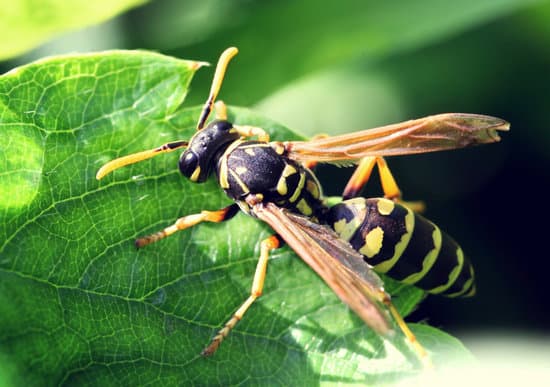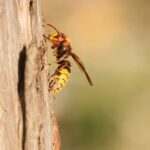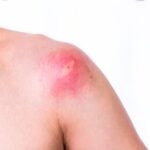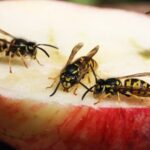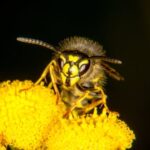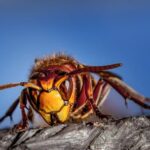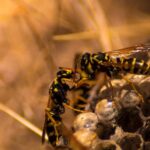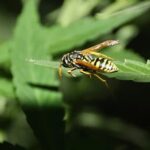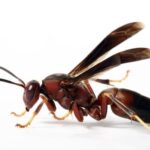What Size Is a Paper Wasps Nest?
Among insects that make their nests from paper, the paper wasp is one of the most common species. These semi-social insects are beneficial to both man and nature. They feed on a variety of insects and insects pests, including beetle larvae, caterpillars, and flies. In addition, paper wasps help to pollinate plants.
The paper wasp is a long-legged insect with a spindle-shaped abdomen and two pairs of wings. They have medium-length antennae. They have brown, orange, or yellow markings on their bodies. They are generally 5/8 to 3/4 inches long.
Paper wasps form colonies of up to 100 or 200 wasps. These colonies are started by a single female. Other females may join the original female to help build the nest. Typically, a colony has three castes: a foundress, a sterile worker, and a reproductive female.
Paper wasp colonies usually begin in the spring when a mated female leaves her hibernation site. She lays eggs in the nest, which is filled with cells. The young larvae are fed by the adults. They then develop into adults.
During the summer, paper wasps collect plant materials to form their nests. They then layer the material into hexagonal columns. Paper wasp nests are usually found under eaves or porches. These nests are generally smaller than the nests made by hornets. They are also less aggressive than hornets, which are known to be aggressive.
Paper wasps are beneficial to humans because they eat the insect pests that can damage agricultural crops. They are also known as “beneficial gardeners”. They are semi-social insects, meaning they are less choosy about their diet than other wasps. Their sting is less toxic to humans than other wasps, but they can still sting if disturbed.
